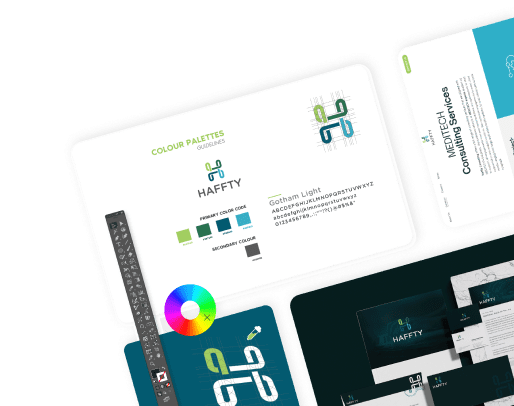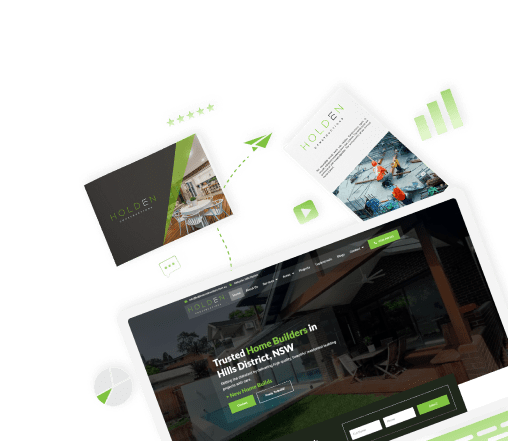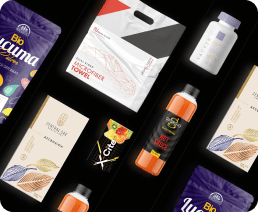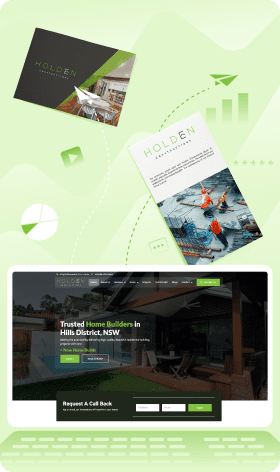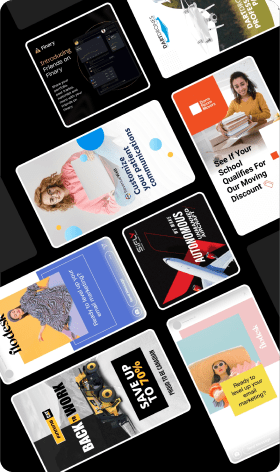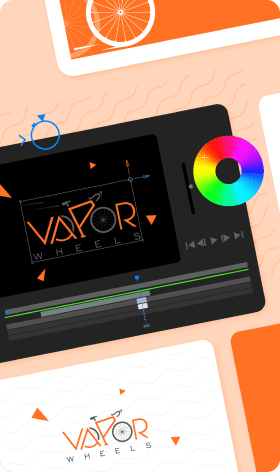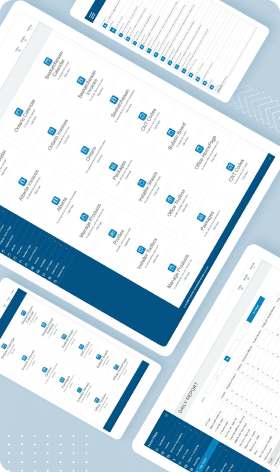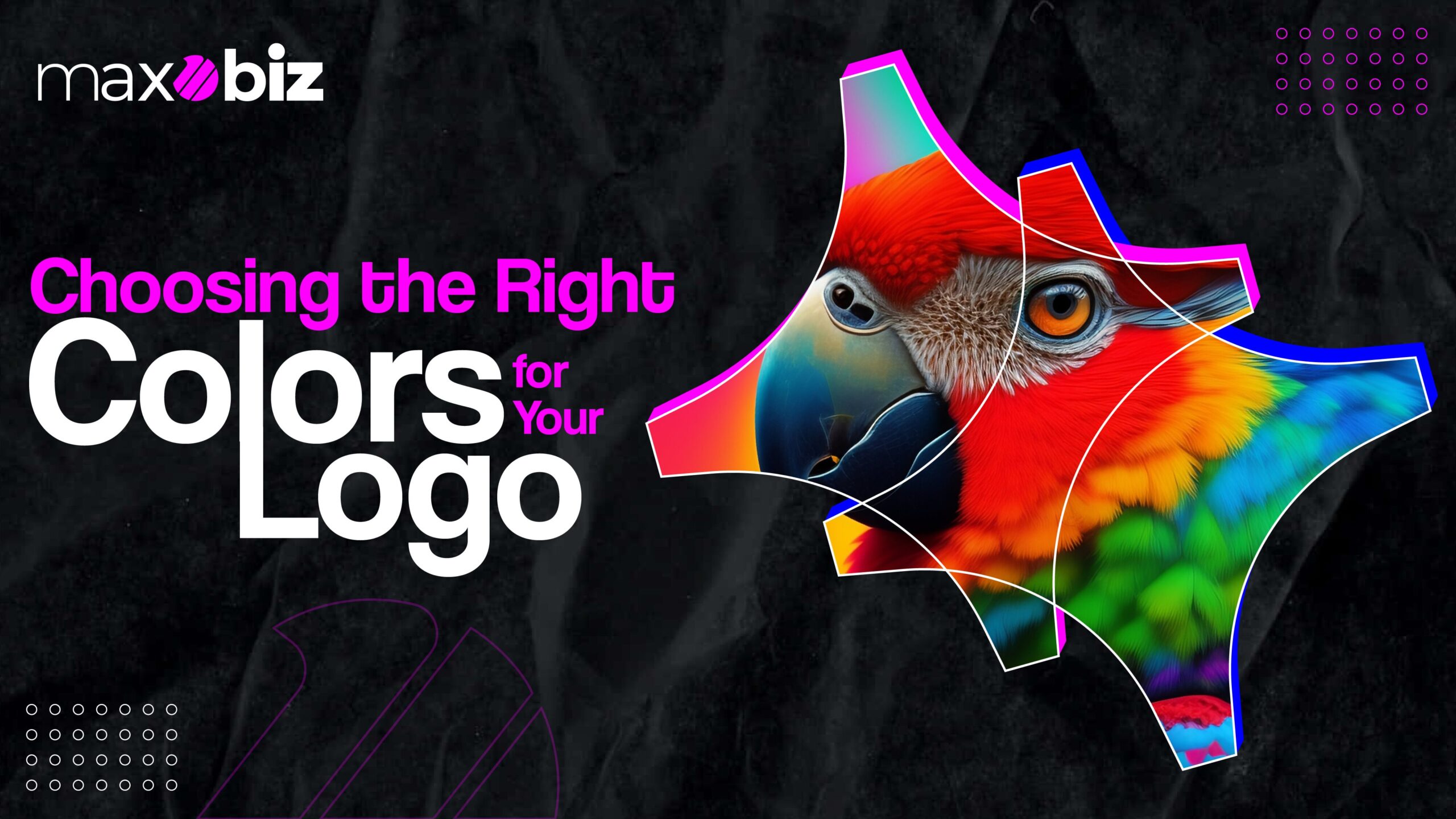A Comprehensive Guide The Significant Impact of Colours in Logo Design
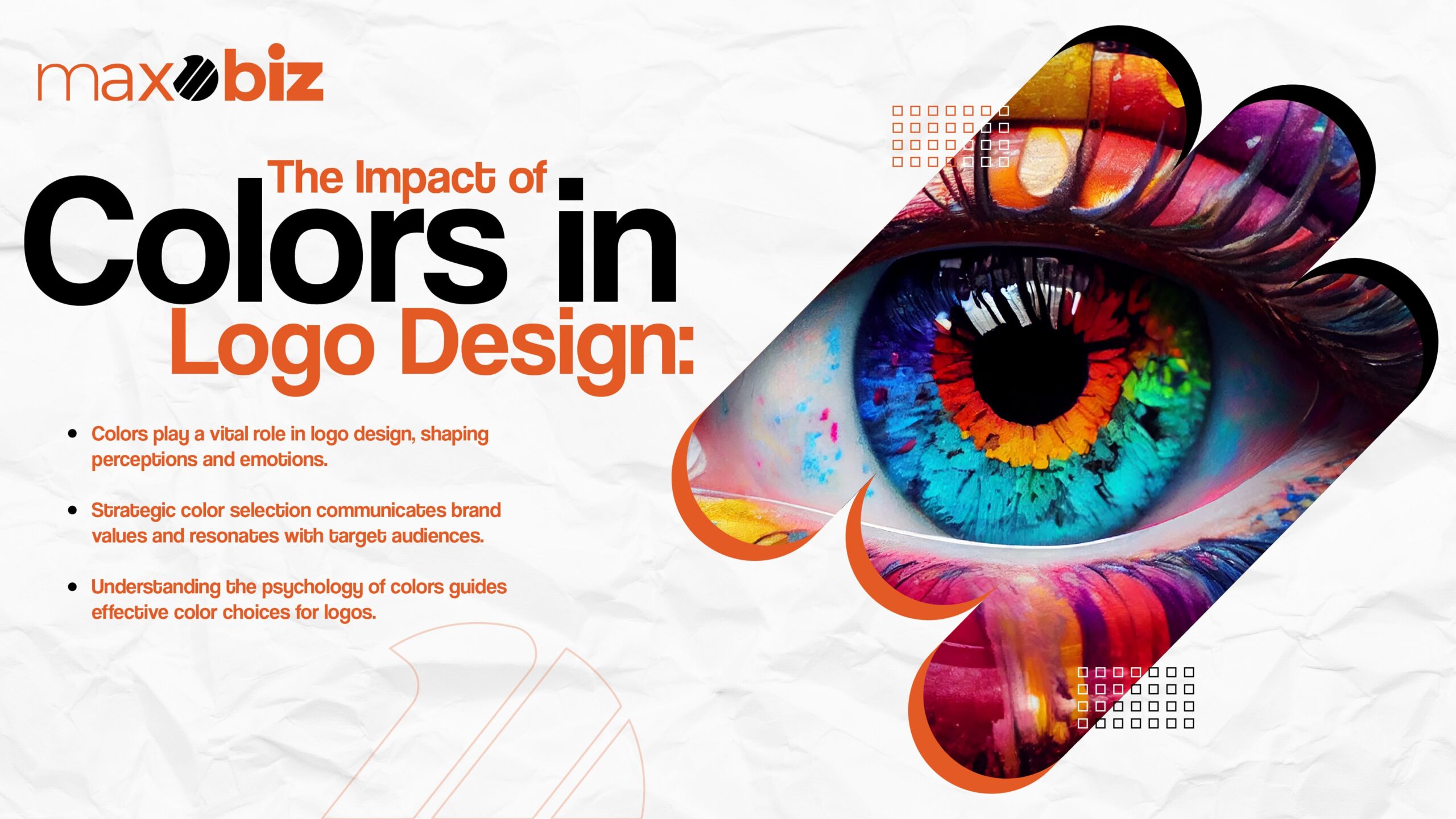
Colours are more than just visual elements, they’re powerful psychological tools capable of shaping perception, evoking emotions, and influencing behaviour. In logo design, colour selection becomes a strategic decision, determining the essence of your brand identity.
Interpreting Brand Perception through Logo Colours:
Your logo is the first point of contact between your brand and potential customers. Your chosen colours send a silent message, shaping their initial impression. Understanding how different colours are interpreted is crucial for crafting a logo that resonates with your target audience.
Trending Logo Colour Choices:
Muted Tones: Nature’s Wardrobe
Imagine a calm, serene forest or a peaceful desert. These earthy, natural colours are like a warm hug from Mother Nature. They’re popping up more in logos because they whisper, “Hey, we’re all about being real and taking care of our planet.” It’s like wearing a comfy, eco-friendly sweater.
Vibrant Gradients: The Party Colours
Picture a sunset or a rainbow. These logos are all about those smooth, eye-catching colour changes. They scream, “We’re fun, we’re fresh, and we’re zooming into the future!” It’s like putting on your snazziest, glow-in-the-dark party outfit.
Classic Monochromes: Old School Cool
Black and white? Timeless! Think of a classic tuxedo or a little black dress. These logos are like saying, “We’re classy, we’re elegant, and we’ve got our act together.” They never go out of style.
Colour Talk: What’s Your Logo Saying?
Blue:
Imagine a calm ocean or a clear sky. It says, “Trust me, I’ve got this.” Perfect for banks or tech wizards.
Green:
It’s like a walk in the park. It says, “We’re growing and caring for the Earth.” Great for eco-warriors and health nuts.
Red:
Think of a racing car or a red-hot chili pepper. It’s all about getting your heart racing. Sports brands love it.
Yellow:
It’s like a ray of sunshine, saying, “We’re friendly and creative!” Think schools and happy nonprofits.
Famous Color Stars
Coca-Cola Red:
Like your favorite soda pop, it’s bubbly, happy, and refreshing.
McDonald’s Yellow and Red:
Just like their fries, it’s fun, familiar, and makes you smile.
FedEx’s Orange and Purple:
Think of fast planes and reliable delivery trucks. They’re on the move and mean business.
The Tricky Side of Colors:
Red:
Too much can be like a bull seeing red – a bit scary!
Purple:
It’s like a fancy velvet robe. Luxurious, but not everyone’s cup of tea.
Green:
Light green is a spring morning, but dark green? More like a serious, wise old tree.
The Colorful Language of Logos:
White:
Fresh like a new page in your diary.
Silver:
Like a shiny new gadget, it’s modern and cool.
Yellow and Gold:
Like finding a treasure chest, it’s bright and valuable.
Orange:
It’s the energy drink of colors, always ready for fun.
Pink:
Like a bouquet of roses, it’s sweet and romantic.
Green:
The color of a lush garden, it’s all about balance and growth.
Blue:
Like a wise old owl, it’s smart and dependable.
Violet/Purple:
Like a magician’s cloak, it’s mysterious and creative.
Brown:
Like your favorite leather boots, it’s reliable and down-to-earth.
Grey:
Like a sleek, professional suit, it’s no-nonsense and sharp.
Black:
Think of a grand piano – powerful, elegant, and classic.
Understanding the: Significance of Different Logo Colors:
White: The Fresh Start
Think of a blank canvas. White is all about purity and innocence. It’s like the fresh snowfall that covers everything in a blanket of new beginnings. Brands use white to say, “Hey, we’re clean, simple, and full of possibilities!”
Silver: The Future is here
Silver is like the sleek, shiny surface of a spaceship. It screams modernity, innovation, and sophistication. It’s like saying, “We’re not just up-to-date; we’re ahead of the curve.” Brands that want to look super fancy and futuristic love to sprinkle a bit of silver in their logos.
Yellow and Gold: Sunshine and Riches
Yellow is like a burst of sunlight on a cloudy day, spreading optimism and joy. It’s energetic and eye-catching. And gold? It’s yellow’s richer cousin, bringing in a sense of wealth and luxury. Brands go for these colors when they want to make you feel happy and valued.
Orange: Fun in the Sun
Orange is the life of the party! It’s energetic, enthusiastic, and just plain fun. It’s like that friend who’s always up for an adventure. Brands use orange to say, “We’re friendly, and we’re here to have a good time!”
Red: The Bold and the Beautiful
Red is the color of your heart beating faster. It’s all about passion, excitement, and making bold statements. It’s the color of stop signs and roses, demanding attention. Brands use red to say, “Look at me! I’m confident and full of energy!”
Pink: Love and Softness
Pink is the color of a gentle hug. It’s all about femininity, romance, and softness. It’s the blush on your cheeks when you’re happy. Brands use pink to show they’re caring, gentle, and in touch with their softer side.
Green: The Great Outdoors
Green is like a walk in the park. It’s all about nature, balance, and growth. It’s the color of leaves, grass, and everything that grows. Brands use green to say, “We care about the environment and harmony.”
Blue: Trust Me, I’m Smart
Blue is like a calm, deep ocean. It’s all about trust, security, and intelligence. It’s a color that says, “You can rely on me; I’m stable and smart.” Brands use blue to show they’re dependable and wise.
Violet/Purple: The Creative Royal
Violet or purple is like a velvet cloak. It’s all about creativity, luxury, and a bit of mystery. It’s a royal color, full of imagination and depth. Brands use it to say, “We’re unique and high-end.”
Brown: Down to Earth
Brown is like the soil under your feet. It’s all about reliability, stability, and earthiness. It’s a grounded, no-nonsense color. Brands use brown to show they’re solid, trustworthy, and down-to-earth.
Grey: The Professional Middle Ground
Grey is like a perfectly tailored suit. It’s all about neutrality, professionalism, and sophistication. It’s neither black nor white, but somewhere in between, showing balance and calm. Brands use grey to look sleek and professional.
Black: The Classic Elegance
Black is like a grand piano in a concert hall. It’s all about power, elegance, and formality. It’s timeless and sophisticated. Brands use black to show they’re serious, powerful, and classic.
Strategic: Selection of Logo Colors:
Industry-Specific Color Choices:
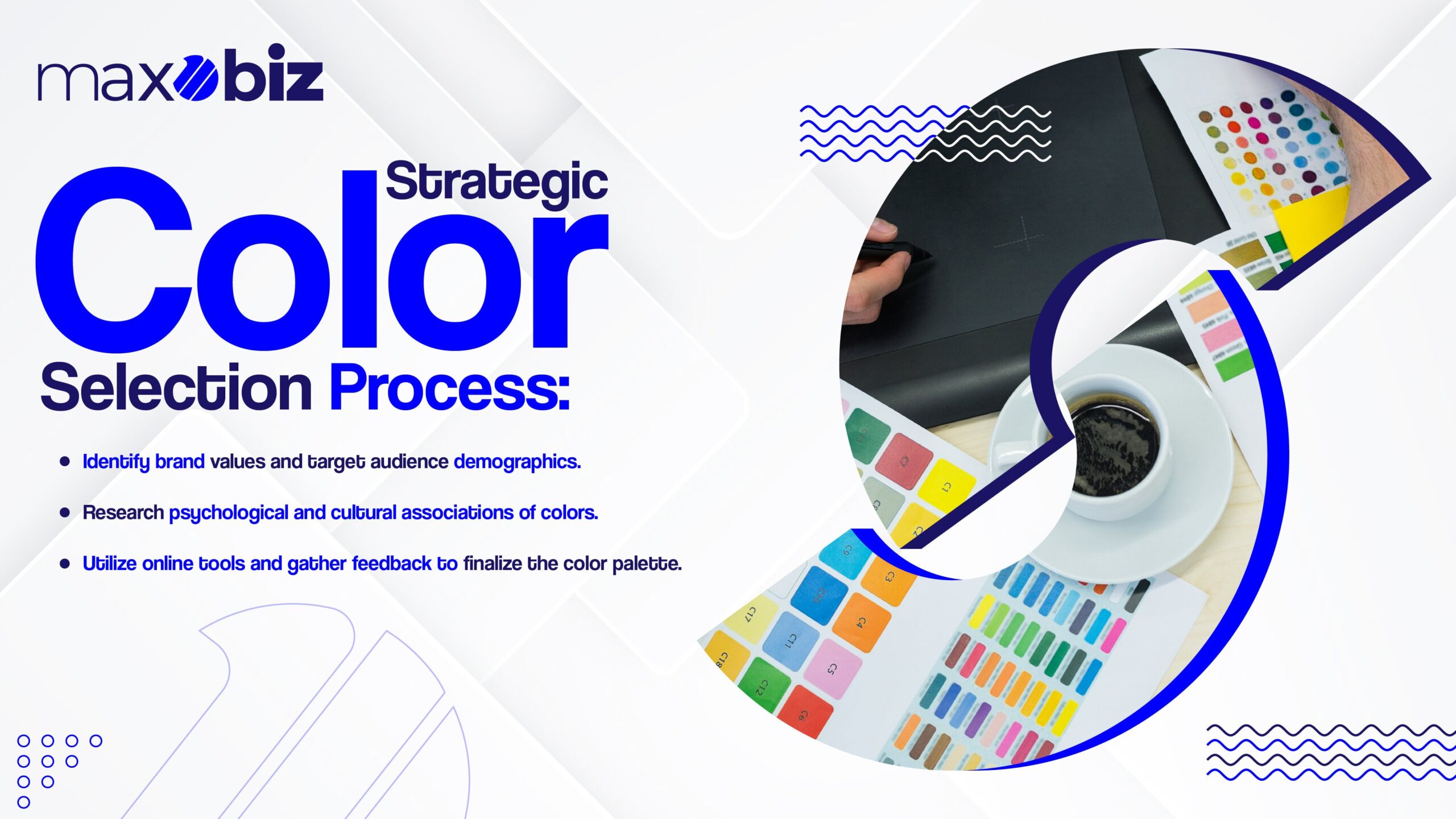
Tech:
Blue, green, and white for innovation and efficiency.
Healthcare:
Green, blue, and white for trust and well-being.
Luxury:
Black, gold, and silver for sophistication and prestige.
Color Wheel: Application in Logo Design:
Complementary Colors:
Adjacent colors on the wheel offer a harmonious and balanced palette.
Analogous Colors:
Adjacent colors on the wheel offer a harmonious and balanced palette.
Triadic Colors:
Three evenly spaced colors on the wheel create a dynamic and eye-catching combination.
Monochrome Logo Design:
It’s pretty cool stuff. Imagine you’ve got just one color, like blue, green, or even pink. Now, think about using different shades of that one color – lighter, darker, everything in between. That’s what we call monochrome. It’s like taking a color and playing with its brightness and darkness to create different tones.
It’s super stylish! When you use shades of just one colour, it creates a look that’s both simple and sophisticated. It’s like wearing a suit in different shades of black or gray – it just looks classy. Plus, a monochrome logo is versatile. It looks great on different backgrounds and stands out, whether it’s on a business card, a website, or a giant billboard.
Think of it as a way to make a statement without shouting. It’s subtle, yet it catches the eye. And the best part? It never goes out of style. Whether you’re a trendy coffee shop or a professional law firm, a monochrome logo can be the perfect fit.
Brand Consistency across Media:
Maintain color consistency across all communication channels for brand recognition and recall.
Digital Tools for Logo Color Selection:
Online color palettes, color inspiration websites, and logo design software can assist in your selection process.
Establishing Your Brand’s Logo Color Identity:
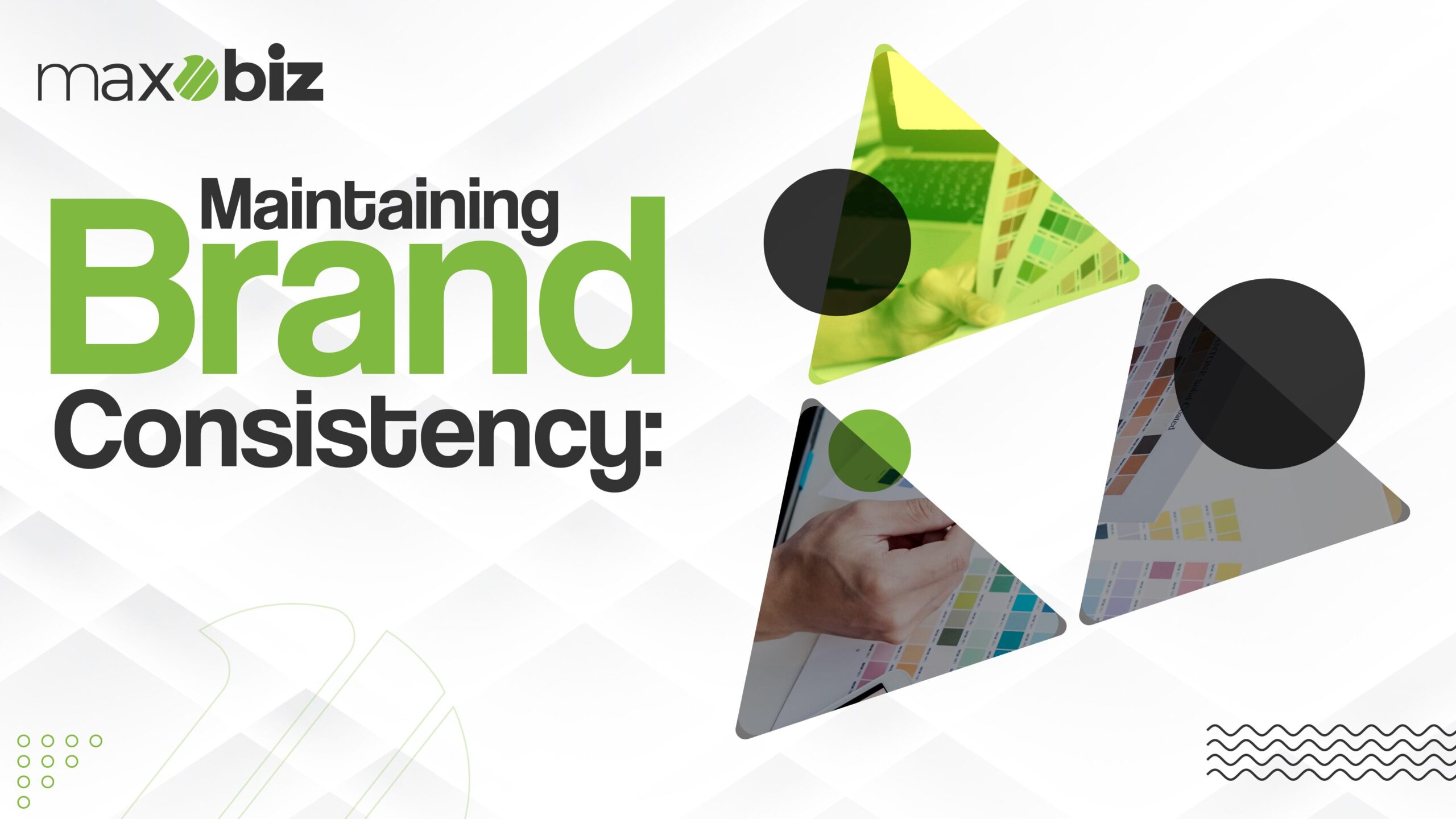
What Does Your Brand Stand For?
Blue, green, and white for innovation and efficiency.Think of your brand as a person. What are its values? Is it fun and youthful, or serious and professional? Just like choosing an outfit that reflects your personality, your brand’s colors should reflect its values. Consider these questions:
What are your brand’s core values? (e.g., innovation, trust, excitement)
Who are you talking to? (Your audience – kids, adults, professionals?)
Understanding Your Playground – Industry and Competitors
Look around your industry. What colors are others using? For instance, a lot of tech companies love blue because it’s professional and calming. Health brands often go green for a natural, healing vibe.Stand out or blend in? Decide if you want to go with the flow or shake things up with something totally different.
Play with Colors – Experiment!
Mix and Match. Try different combinations. Think of a color wheel, like in art class. Complementary colors, like blue and orange, pop together, while similar colors, like different shades of green, create harmony.Mood Matters. Colors evoke feelings. Red screams excitement, while blue is more calming. Think about the emotional message you want to send.
Ask Your Audience – Get Feedback
What do they think? Show your color ideas to people in your target audience. Do they feel the vibes you’re aiming for? Surveys and Social Media. Use these tools to get quick and honest feedback. People love to share their opinions!
Comprehensive Logo Color Guide:
This guide delves deeper into the psychological and symbolic meanings of individual colours, providing insights for informed decision-making.
The Energy of Red Logos
The Appeal of Orange Logos
Green Logos: Natural and Soothing
Blue Logos: Trust and Intelligence
Purple Logos: Creativity and Imagination
Pink Logos: Femininity and Playfulness
Brown Logos: Earthy and Reliable
Black Logos: Elegance and Formality
Grey Logos: Neutral and Balanced
The Simplicity of White Logos
Yellow Logos: Brightness and Clarity
Logo Colour Meanings Explained:
Each section dives into the specific emotions and associations evoked by different colours in logo design, empowering you to harness their power strategically.
The Roots of Logo Color Meanings:
Ever wonder why logos look the way they do, especially their colors? Dive into this with you. It’s like a colorful journey into why our favorite brands pick the colors they do. Let’s make sense of this together, in a way that’s as easy as pie!
Aesthetic Influences on Color Choices:
First, let’s talk about how beauty and style influence logo colors. Imagine you’re painting a picture. You’d choose colors that look good together, right? Companies do the same with their logos. They want colours that not only look amazing but also match the vibe they’re going for.
For instance, think of a tech company. They often use blues and greys. Why? Because these colors feel modern and professional. On the flip side, a brand selling organic products might go for greens and browns, giving off that natural, earthy feel. It’s all about creating a look that makes you feel a certain way about the brand.
Color Associations: Learned vs Innate
Now, let’s talk about how we connect colors to feelings and ideas. Some of these connections are learned, while others just seem to be part of who we are.Learned associations are like little lessons we pick up as we grow. For example, we often see red used for ‘sale’ signs, so we start to link red with excitement and urgency. Companies use these learned connections to their advantage in their logos.
Then, there are innate associations. These are like built-in reactions we have to colors. Ever wondered why blue feels calming? Or why yellow makes you think of happiness? That’s the innate part kicking in. Brands use these natural reactions to make sure their logo gives off the right feeling.
Logo Colour Selection Process:
Brainstorm potential colour combinations based on your brand identity. Research the psychological impact and cultural connotations of each colour. Create mockups and test them with your target audience. Refine your selection based on feedback and iterate until you find the perfect colour palette that captures your brand essence and resonates with your target audience.
Remember, your logo is a long-term investment, so choose colors that are timeless, versatile, and able to adapt to your brand’s future growth and evolution.
Finalizing Your Logo’s Color Palette:
Once you’ve identified your ideal color combination, document it formally in a brand style guide.Ensure consistent color application across all branding materials, including your website, marketing materials, and social media platforms.Monitor and adapt your color palette as your brand evolves and market trends shift.
Conclusion:
Choosing the right colors for your logo is a strategic decision with far-reaching implications. By understanding the power of color psychology and applying the insights presented in this guide, you can craft a logo that not only attracts attention but also resonates with your target audience, builds trust, and drives positive brand perception. Remember, color is a powerful tool, so wield it wisely to create a logo that stands the test of time and propels your brand to success.
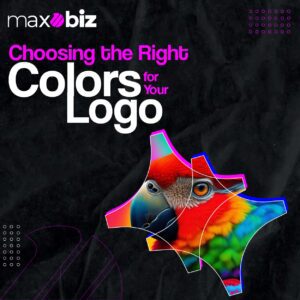
Additional Tips:
Consider the accessibility of your chosen colors for users with visual impairments.Use color gradients and shadows sparingly to avoid visual clutter.Test your logo on different backgrounds and screen sizes to ensure optimal readability.Don’t be afraid to experiment and seek professional guidance if needed.






